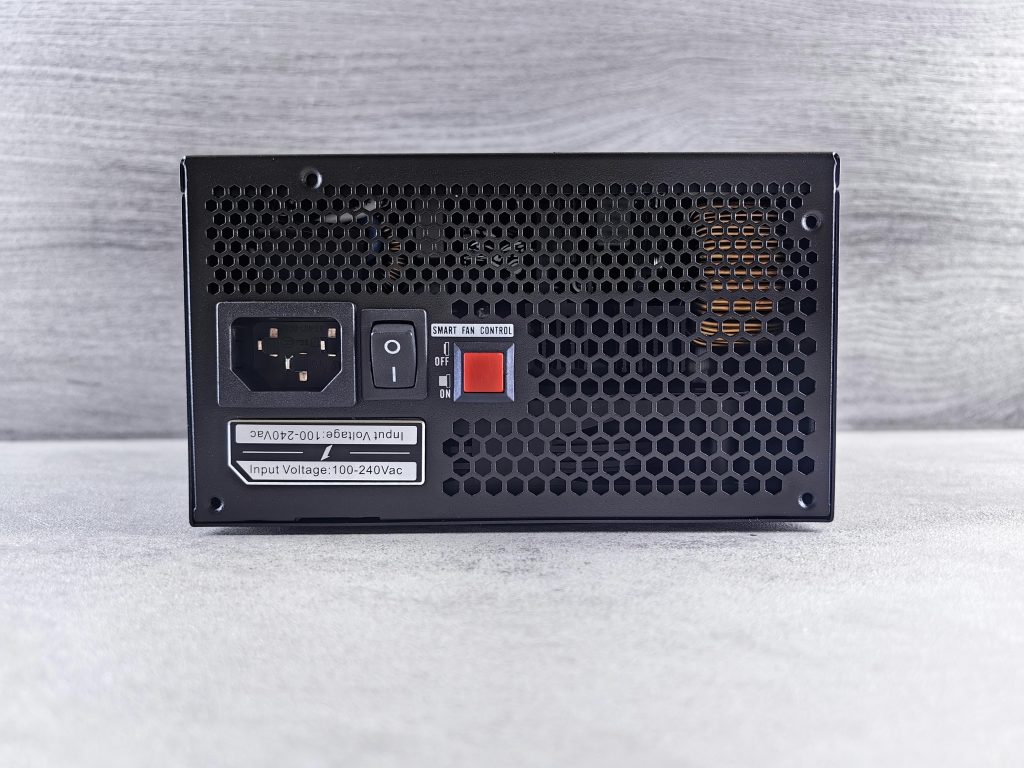The Critical Importance of Server Maintenance: A Cautionary Tale
Today marked a significant challenge for one of our customers when their server unexpectedly failed, leaving behind critical data that had been at risk for quite some time. We’ve been sounding the alarm about potential issues for over three years, emphasizing the importance of proactive maintenance and timely upgrades.
The downfall of this server can largely be attributed to dual hard drive failures, resulting from years of wear and tear. The situation was so dire that the server’s indicator lights had dimmed to the point where I initially mistook them for being completely non-functional. Even the hard drive error indicator was barely visible.
In an effort to salvage what we could, I attempted to reconstruct the RAID 10 array. Unfortunately, the remaining drive had sustained too much damage, making recovery impossible. To make matters worse, the last backup was only two days old, and we are currently working against the clock to retrieve the most critical files, although the integrity of the backup itself is in question.
This system was running on Windows Server 2008, which adds an additional hurdle: we will need to establish a new Active Directory and transfer all client computers over to this new system. As you can imagine, this process will incur significant labor costs for the customer and, ultimately, lead to a prolonged downtime for their operations.
Reflecting on this situation, one must ask: was it wise for the customer to operate a server that exceeded the average lifespan by threefold, only to face the prospect of losing weeks of work while a new server is prepared in our workshop?
The lesson here is clear: investing in your company’s primary server is crucial. Skimping on such an essential component can lead to catastrophic consequences, not only operationally but also financially.
As an aside, I couldn’t help but notice the state of the server—it was one of the dirtiest I’ve encountered. It raised the question: were there habits in the server room that contributed to this downfall, such as smoking?
In conclusion, it’s imperative for businesses to prioritize server maintenance and replacement. Staying ahead of potential issues can save significant resources and ensure the continuity of operations. Let this serve as a reminder to diligently maintain and upgrade your critical infrastructure.
Share this content:


